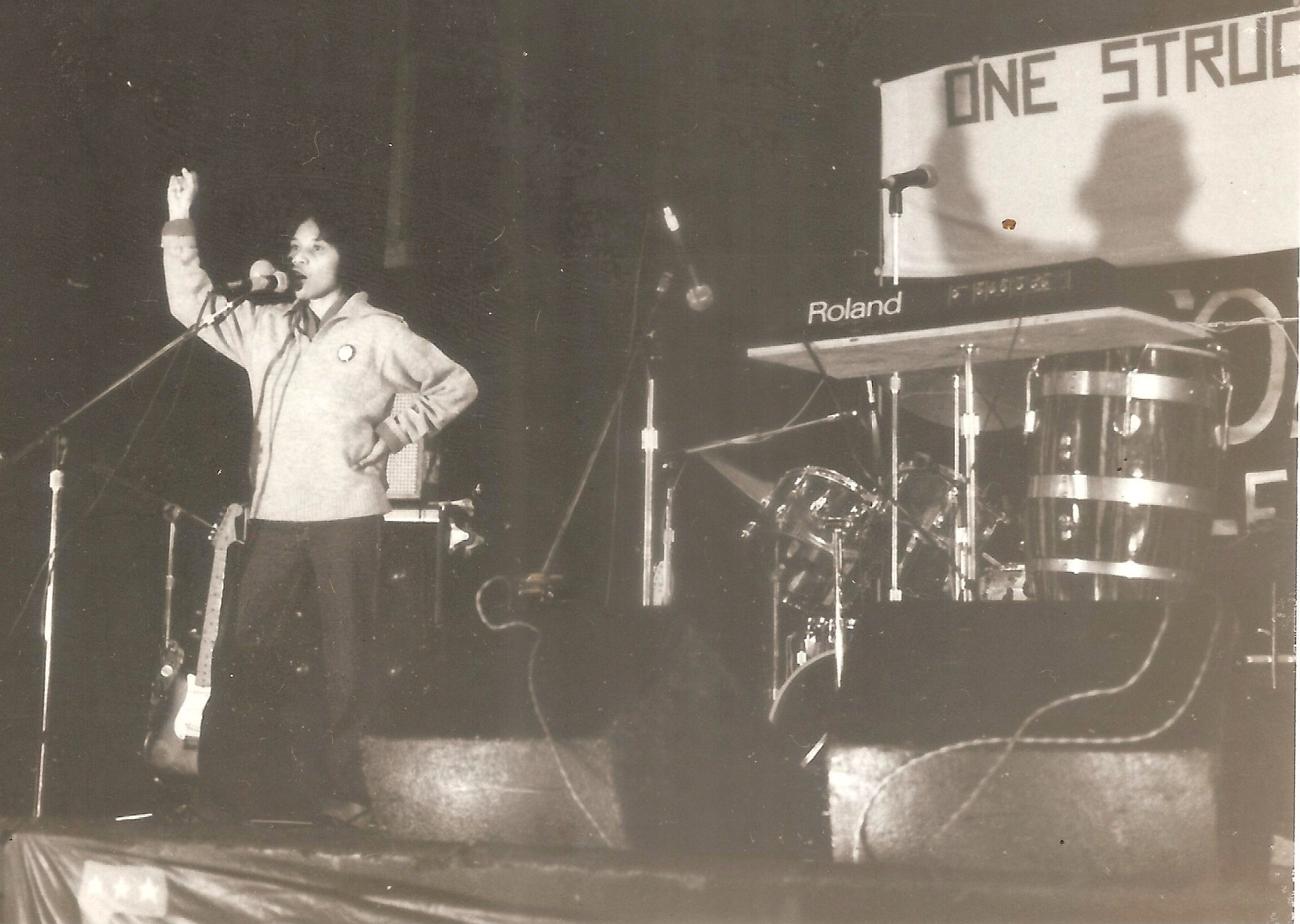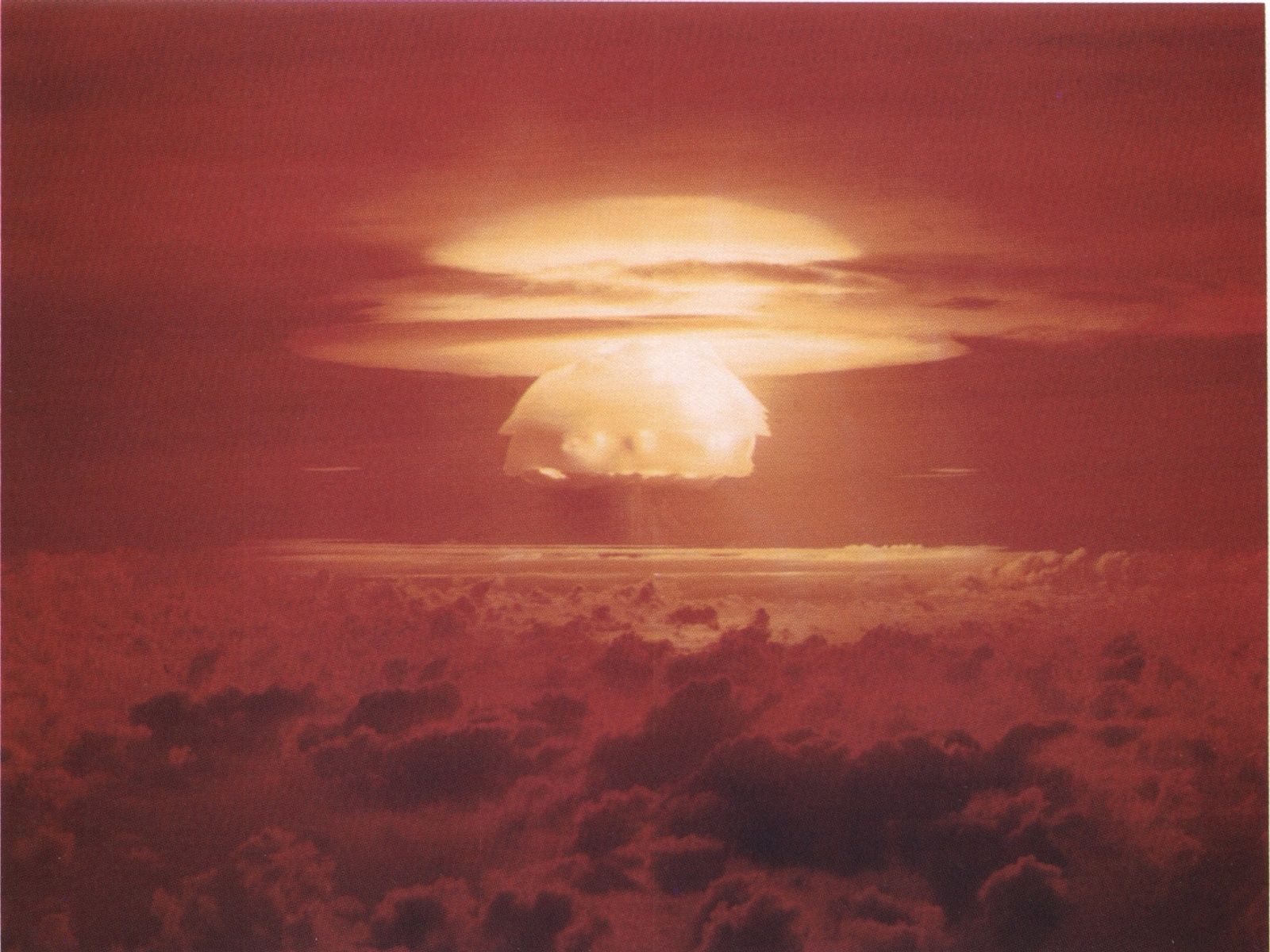The past several months had me reflect on what safety means to me. In February, my office closed down due to coronavirus. My daughter’s school closed down. We retreated to our home – a grateful privilege that my family and I have. And I felt safe staying at home with my daughter. Through Zoom, my colleagues from different parts of the world and I shared our first-hand experiences of the pandemic. And despite the variations in conditions, we had shared worries – Will the health systems where we live hold? How do we keep ourselves and our families safe?
The dictionary defines the word safety as ‘being free from harm or risk’. For me, when I think about being safe from risk or harm, I usually think of the police, or the military. But now, from the worldwide pandemic and the global Black Lives Matter movement, to the suppression of human rights in many countries and the ongoing environmental crisis – devastating floods in Asia and Africa, raging fires in the Amazon, 2020 on track to be the hottest year on record, and the Mauritius oil spill to name a few – do we still believe that we can stay safe in the traditional sense?
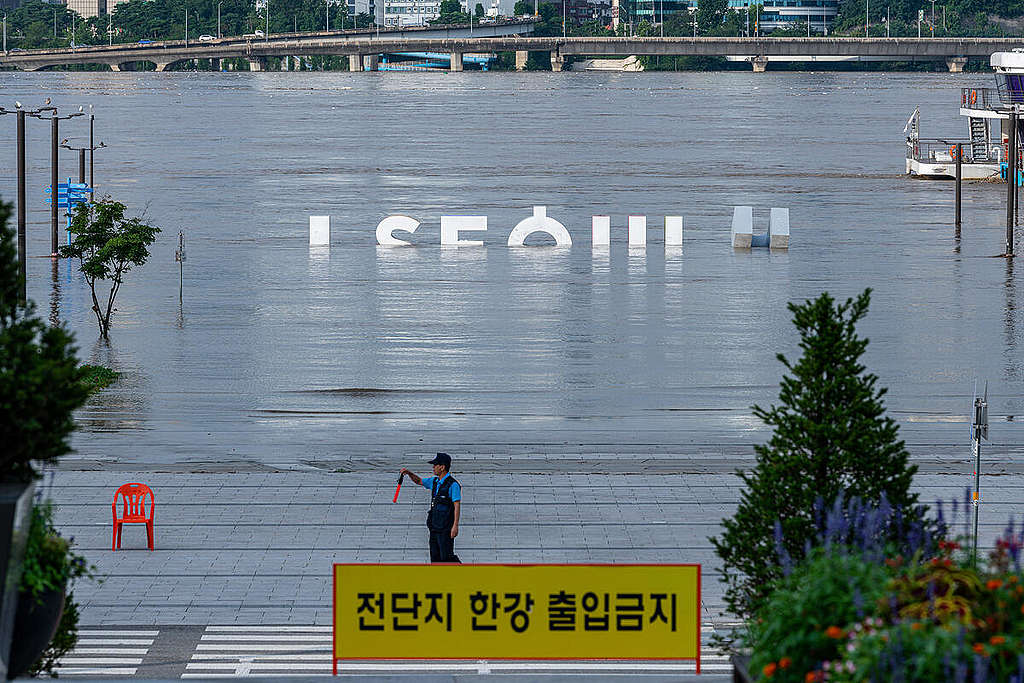
What makes you feel safe?
The current issues unfolding all around the globe – COVID19, police violence, and extreme weather events – all threaten public safety right at home, and are not susceptible to military solutions. And as such, they have also created an opportunity to start conversations on what it really means to be safe for different people living under different circumstances in different parts of the world.
As my work for Greenpeace centres on peace and security, questions on the topic of safety are something I keep reflecting on. A few years ago Greenpeace India supported a project in Dharnai, India to provide solar-powered street lamps in a small village that was not connected to the power grid. The street lights transformed lives in the village. A young woman from the village said: “I can now go out of my house after dark. I feel safe.” Her answer stayed with me.
The meaning of safety
I realised safety may mean different things to different people. To better understand how the idea of safety changes depending on where someone lives, I asked my Greenpeace colleagues from around the world in a small survey, What does safety mean to you?. These were a few of the responses:
“With all this doom and gloom, having enough savings to tide me and my family through” was a sentiment from the Philippines office.
“Having a roof over my head and being able to sustain my daughter, until she is able to sustain and protect herself” was an answer from a colleague I could strongly relate to.
“Not being afraid of a mass shooting when I go to a festival or any events with a mass gathering” wrote a colleague from the US office.
“To be able to express my opinion without being worried or even afraid of the consequences”
“Access to clean water, air and healthy food is ensured and protected”
“Safety also means trusting that the government is serving the people and that I have access to fair legal processes and healthcare”
“Living in a city whose elected officials are actually addressing inequalities, having a government actually doing something about the climate crisis”
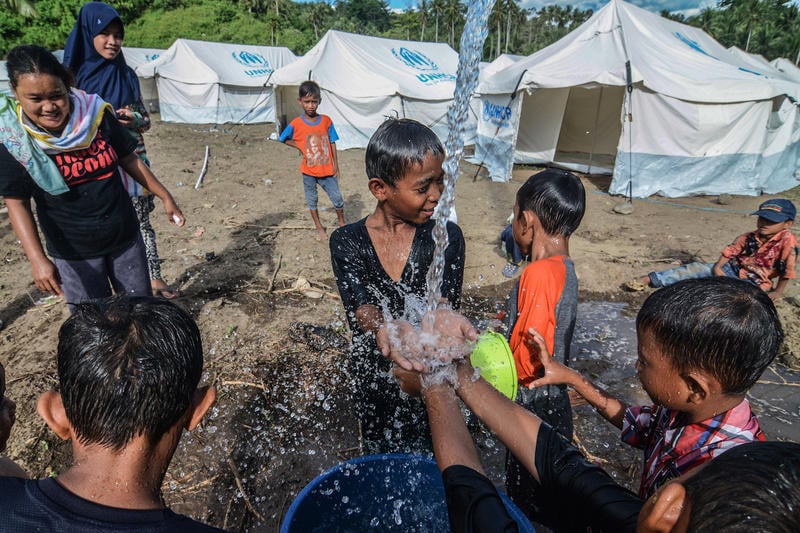
The answers were all different but came together to represent the vision of living in a healthy, just society and the desire to have our basic needs met. And I believe that the vision shared by my colleagues is one shared by many around the globe.
It’s important to reflect on these answers as they define what measures we should take to guarantee our safety, and what we ask our leaders to prioritise when they’re allocating public funds.
We must challenge and change our traditional idea of safety
Considering everything that is happening in our world at the moment, do you feel safe knowing that there is a top-notch hospital in the proximity of your home? Or does a top-notch submarine docked in the nearest naval military base make you feel safer? And here’s a fun fact: The cost of one Virginia Class nuclear powered submarine boat – which costs USD$3.4 billion, could pay for the construction of more than 30 average-sized hospitals in the US. That is one submarine or 30 hospitals.
In many countries around the world, military spending tops most other types of government spending. For example, according to the 5% Campaign, on average, industrialised countries spend 3 times more on defence than on education. Taking it one step further, according to this data, the US spends 6 times more on defence than on education.
And yet, there is usually very little public debate on government military spending, and these massive expenses remain largely unchallenged. But discussions are slowly happening. In July, a historic motion was brought before Congress in the US, to reduce the 2021 Pentagon budget by 10% and redirect that USD$74 billion to support communities impacted by Covid-19. While the motion was not approved by a majority, nevertheless it was an unprecedented challenge to the idea that military spending could continue to grow uninterrupted, when so many communities are struggling with lack of basic services.
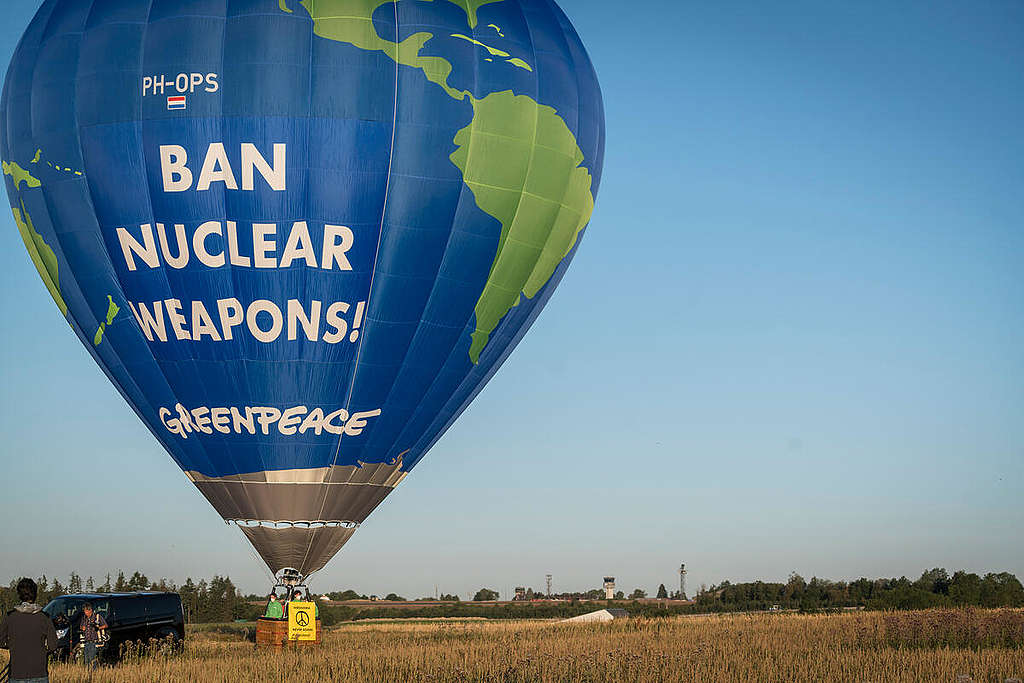
The truth is, the world’s current social, economic, political, and environmental issues cannot be solved by pouring more taxpayer money into the military and the absurdly expensive weapons of war. Paying more on weapons does not guarantee peace and safety – it’s quite the contrary! According to the Global Peace Index, levels of peace around the world have been falling since 2008. This is despite an increase in global military spending that reached a record of US$1.9 Trillion last year. Weapons do not fix the root causes of instability but rather perpetuates instability and violence.
Instead, more military budgets should be allocated to support impacted communities and national programs such as green recovery that provide tangible benefits for people and the planet. For one, investing in a universal healthcare system, clean energy transition, and better job security would do much more. It will also make sense economically and will cost far less than perpetuating injustice and violence.
We must resist and challenge this outdated idea that more tanks, fighter jets or bombs will make us safe. Because they will not.
“When do you feel safe?” I asked my 6 years old daughter. “When you hug me,” she replied.
Jen Maman is Senior Peace Advisor at Greenpeace International.


